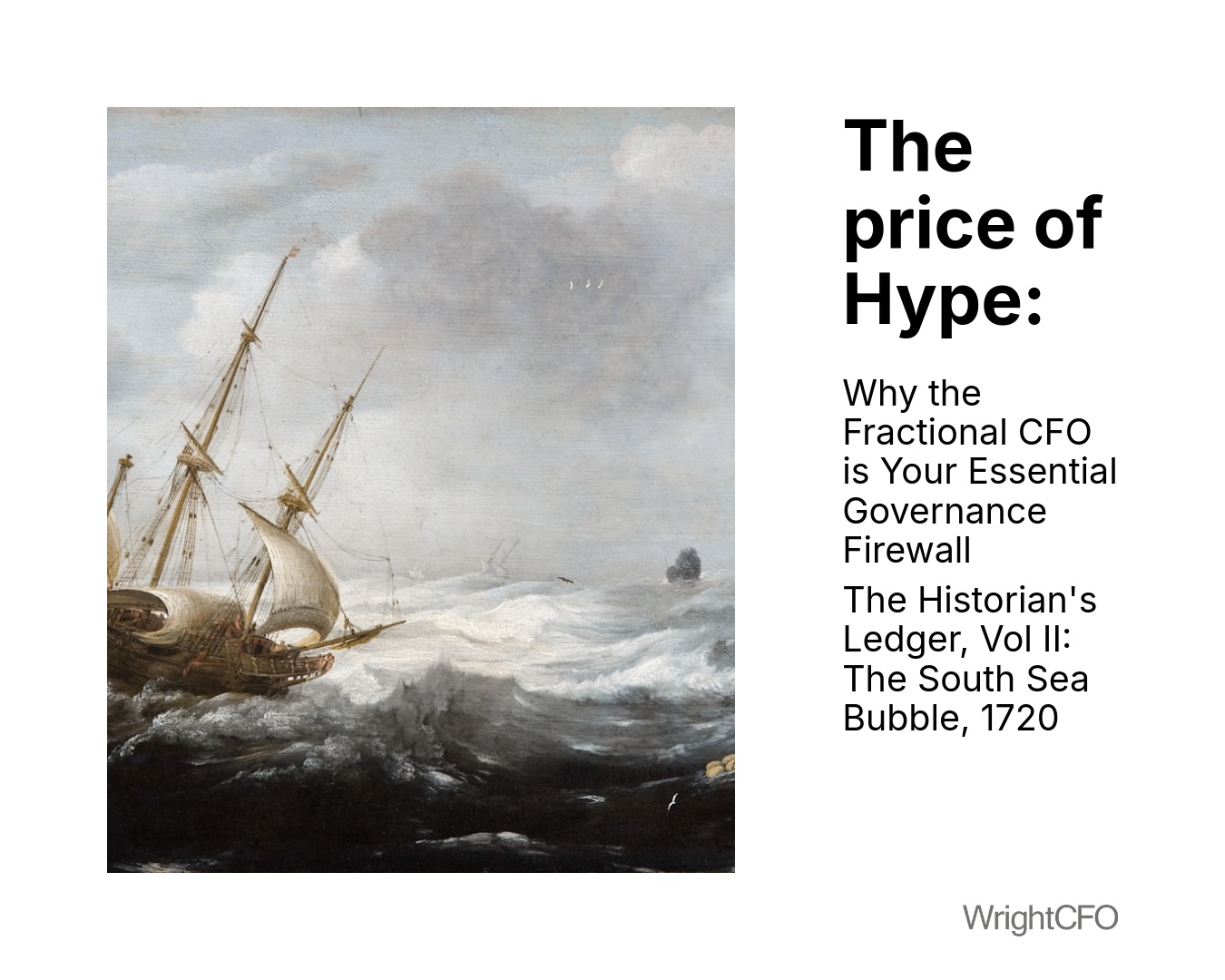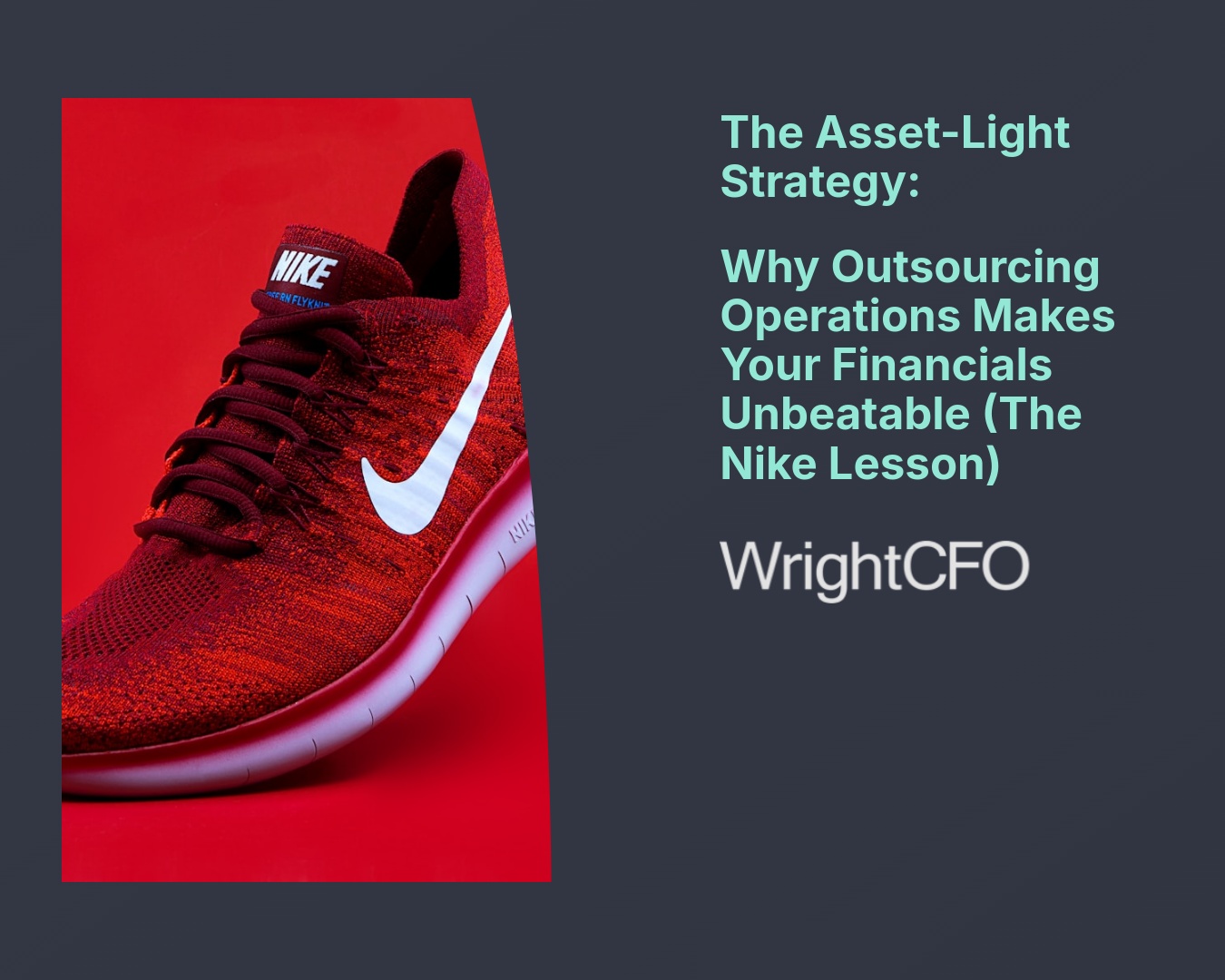Operational Financial Health: 3 Essential Lessons from Tsarist Finance and Leadership Failure
Operational financial health is the backbone of every empire, or business. In 1917, the Tsarist regime ignored it, chasing external power while internal systems collapsed.
The Historian’s Ledger, Vol. IV: The Fall of the Romanov Dynasty, 1917
We’ve dissected failures of innovation and governance. Today, we address a collapse rooted in a fatal flaw of leadership: ignoring internal financial and cultural stress for the sake of external vanity.
In 1917, the Tsarist regime was consumed by war and a relentless quest for external power. But the true, devastating financial crisis was not on the battlefront; it was in the freezing streets and empty bellies of its own people. This spectacular collapse offers a chilling lesson for every founder chasing market share while ignoring the operational decay within.
The P&L of the People
The Romanovs’ failure wasn’t just political, it was a breakdown of operational financial health, where external ambition consumed the very systems keeping the empire alive. This neglect of operational financial health weakened the empire’s ability to sustain even basic needs. Resources were centrally controlled and deployed to fund external ambition (wars, grand infrastructure) while the financial structure beneath buckled:
- Financial Opacity: The centralised, archaic structure meant the true depth of operational decay—the supply chain failures, the rampant inflation, the starvation of the core asset (the workforce)—was hidden from those at the top, or willfully ignored. Without transparency, true operational financial health was impossible to measure or repair.
- Misallocation of Capital: Every available rouble was poured into the war machine, which was seen as the measure of external success. Meanwhile, the internal budget for basic necessities—for feeding the ‘operational staff’ (the populace)—was deemed a secondary concern.
For a scaling tech business, this looks familiar: the ambitious CEO obsesses over the next funding round or the next huge client win, while overlooking the systemic collapse of internal function. They are focusing on the ‘war’ (external market) while the ‘factory floor’ (operations, tech stack, and staff culture) is in rebellion.
The Warning of the Payroll Coup
A revolution is, at its core, a cultural and talent crisis rooted in an economic failure. The people revolted because the company—the Empire—could no longer sustain its side of the bargain: basic sustenance and fair value.
In a scaling business, your equivalent of a revolution is:
- High Churn Rates: Your best talent walks out, fed up with poor systems, burnout, or uncompetitive pay. This is the internal coup that bleeds cash and destroys intellectual capital.
- Process Bottlenecks: Archaic, manual, and inefficient processes that stifle output and infuriate staff. Your own employees become rebels fighting against the dysfunction you created.
- Ignoring Operational Debt: Focussing on top-line revenue while ignoring bloated costs of acquisition, poor Accounts Receivable management, or a complete lack of internal audit. This creates financial stress that eventually breaks your culture.
The Fractional CFO’s Call: Invest in the Internal Asset
As your Fractional CFO, my role is to restore operational financial health by ensuring clarity, control, and cultural investment across every part of your business. My priority as a Fractional CFO is restoring operational financial health before pursuing any external growth. My mandate is to force investment in the internal financial health that underpins stable growth:
- Financial Transparency: We tear down the Tsarist opacity. We ensure leaders have a clear, honest view of internal costs, unit economics, and cash burn to prevent structural issues from festering.
- Operational Hygiene: We fix the payroll, the AR/AP, and the core systems. We ensure cash is deployed to improve operational efficiency (a new CRM, a crucial automation tool) before it’s thrown at a risky, external vanity project.
- Cultural Investment: We budget for people. We model competitive compensation, talent retention, and the investment needed to fix burnout and inefficiency. Your people are not line items; they are your most critical, high-value asset.
Don’t allow the pursuit of the external ambition to burn down the house. True strategic power comes from a financially sound, healthy, and functional internal culture.
This article was originally published here on LinkedIN on October 27th, 2025.





